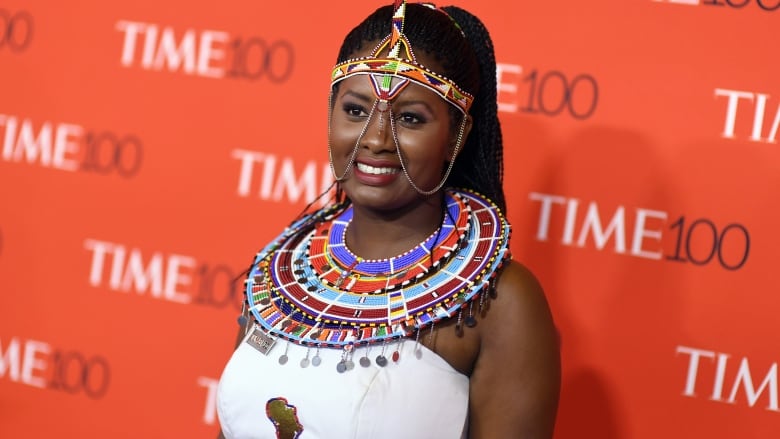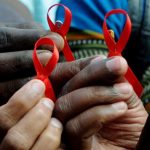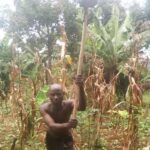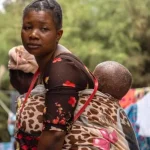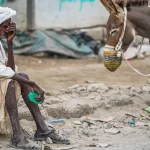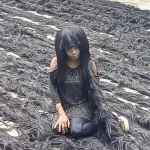Nice Nailantei Leng’ete narrowly escaped undergoing a female genital mutilation (FGM) when she was eight years old.
In her Kenyan village, part of the Maasai communities, girls are not considered fit to marry before undergoing FGM. The extremely painful, sometimes fatal procedure has a deceptively simple name: “the cut.” Without it, they risk shaming their family.
She and her older sister ran away to avoid the ritual, but were found and beaten. She ran away a second time, but her sister did not, in the hopes that Leng’ete would be spared, even temporarily.
“She just said, ‘Let me undergo [The Cut] so that they will leave you.’ So she never wanted it, but she just did it for me,” she told The Current’s Anna Maria Tremonti.

Leng’ete entreated her grandfather, who eventually relented and allowed her to avoid getting cut. As an elder, his word would be followed by others in the village, she said.
She didn’t just want to save herself, however: she wanted to save all young girls from the procedure.
Leng’ete, now 27, works with Amref Health Africa, speaking to people across Africa to advocate for the importance of girls’ education and promote a form of the youths’ rite of passage that forgoes the cut.
“We are simply saying let’s retain the good part of our culture, because we have so much that is good in our culture that we don’t have to do away with,” she said.
“In the whole process of circumcision, what we hate is the cut. All the rituals, blessings from cultural leaders, people dressing in their traditional clothes as dancing and singing our beautiful songs — it’s not harmful. It’s good.”
In April, Time Magazine named Leng’ete one of 2018’s 100 Most Influential People In The World for her work.
Over the last eight years, she says she’s helped save 16,000 girls from undergoing the cut. But she says millions are still at risk.

Leng’ete stressed that it’s equally important to educate men and boys about the cut well as girls and women. As part of her outreach, she shows videos of the procedure to men and boys, who are usually kept in the dark about what it entails.
“Remember, they don’t know how circumcision is done for girls or women, because they are not allowed to be there. … They don’t know where it’s cut, or what is being done to them,” she said.
“And once they see these videos, that’s when they see the pain that these girls undergo, and that’s when they say: ‘I will not allow my daughter, or I will not allow my sister to undergo the same.'”

